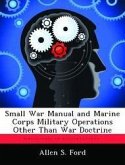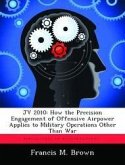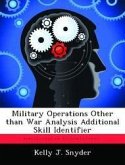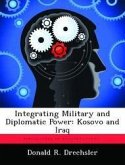Since its inception over two hundred years ago, the United States has employed its armed forces in operations other than war more than twice as often as it has for total or limited war. It is during these operations, where one more often than not finds the solution in the simultaneous application of diplomatic and military power, that the relationship between these two instruments of power is the most tenuous. These operations require soldiers and diplomats who understand diplomacy and the use of military power. They must possess the willingness to set aside institutional biases and the ability to act across traditional boundaries. The central research question is: How has the United States integrated these instruments of power at the operational level during these operations? To help answer this question, this thesis will review the interaction of the military leadership and ambassadorial staff during two Cold War-era operations other than war--Lebanon (1958) and the Dominican Republic (1965-66). It will explore the challenges encountered by these men as they developed working relationships and solved complicated crises. The conclusion will tie these historical examples to contemporary operations and provide military and diplomatic leaders an insight to the requirements of their mission.
Hinweis: Dieser Artikel kann nur an eine deutsche Lieferadresse ausgeliefert werden.
Hinweis: Dieser Artikel kann nur an eine deutsche Lieferadresse ausgeliefert werden.








